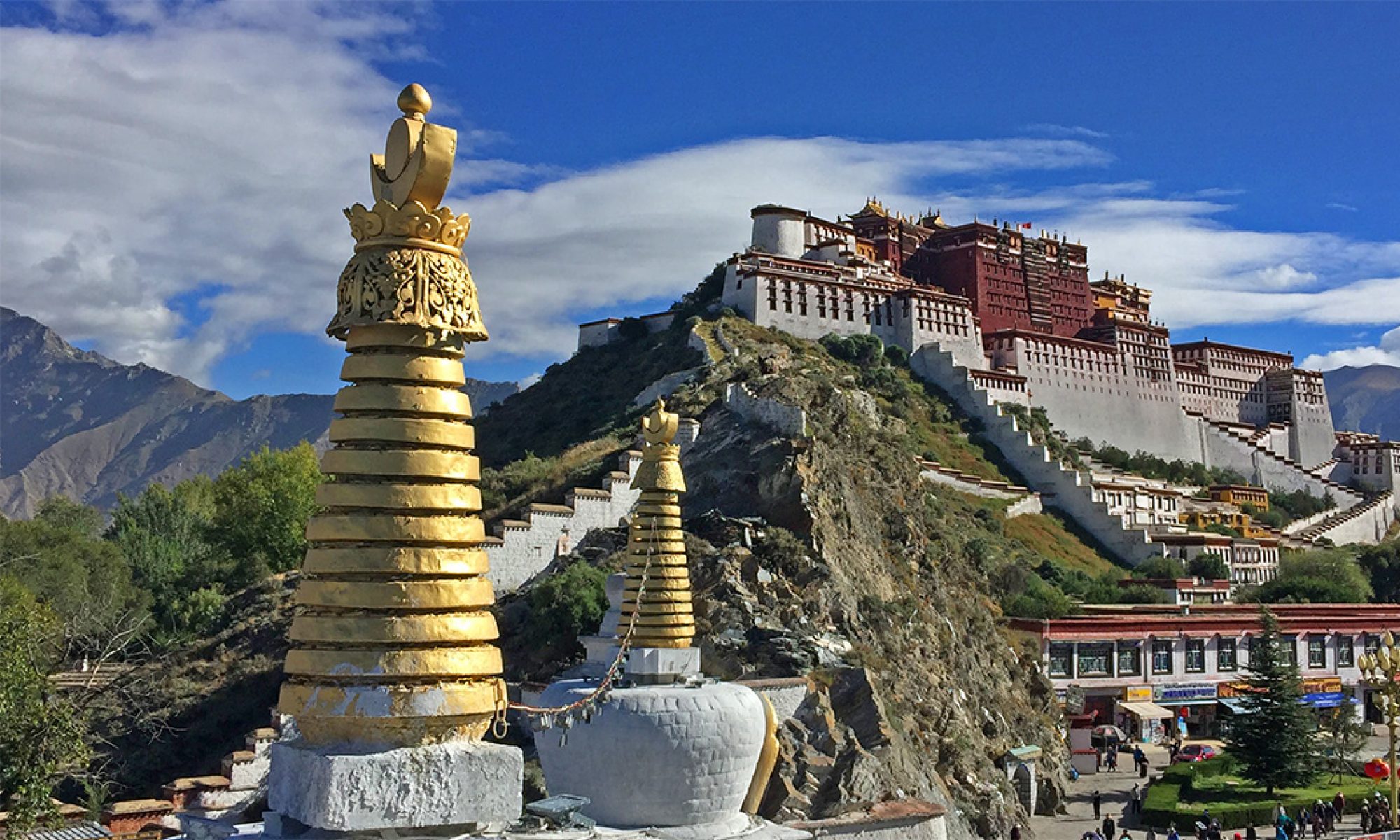Qianlong’s Pronouncement on Lamas (Lama shuo)
In this 1792 stele pronouncement found in the Yonghe Gong, the Qianlong emperor declared formal Qing patronage over the dGe-lugs-pa which was enjoying high popularity among its Mongol followers. This Pronouncement was inscribed in Chinese, Manchu, Mongol and Tibetan, signifying the Manchu’s (and ultimately Qianlong’s) claim to universal rulership as the Court officially recognised both the Dalai and Panchen Lamas. The Pronouncement claimed that unlike the Mongols, the Qing has never used the term “di shi” (imperial preceptor) to represent the relationship between the Emperor and the leading Tibetan Lama. However, the term “guo shi” or “Teacher of the Kingdom” was only reserved for Lcang Skya who was the Qianlong Emperor’s confidante, as well as the leading Lama representing the Qing Court in Tibetan affairs. Since Qianlong explicitly rejects claims that the Lama had any spiritual superiority over the Emperor and re-establishes the hierarchy of rulership between Lamas and patron. The pronouncement also declared that the process of picking the future Dalai Lama would no longer be concentrated within the hands of certain Tibetan or Mongolian lineages. Instead, the names of the potential incarnates would be placed in a golden urn and selected in a public ceremony to ensure impartiality. This was also in response to the accusations of the defeated Nepalese Gurkhas, (and some Chinese) who claimed that the Qing merely patronised the dGe-lugs-pa for the sake of political expediency in keeping the Mongols in check. However, Qianlong, in the edict, proclaimed in the Manchu inscription that as a devote Tibetan Buddhist, he not only understood but had the right to make the changes that he did as Emperor.
Sources:
Patricia Berger. 2003. Empire of Emptiness: Buddhist Art and Political Authority in Qing China. U Hawaii Press pp 34-5, James L. Hevia. 1995. Lamas, Emperors, and Rituals
Entry: 4/28/07
